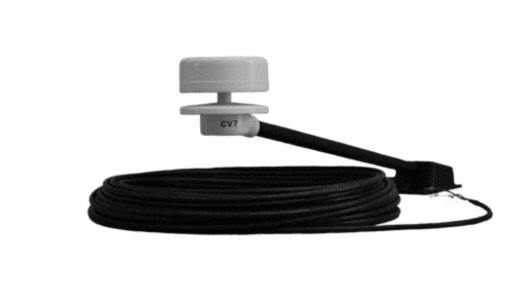johnphilip
Well-known member
With the mast taken down for the first time it is an opportunity to spend even more and renew an 18 year old Navman wind instrument (which always under reads the strength) but with which one?
Is the expense of a Raymarine justified? Or is a NASA offering nearly as good? Between these two others such as B&G. or Garmin. Inaccessability of a masthead unit means I want to have reliability but does more money buy it?
The echo sounder has been problematic for a while too, so is it time to get a new set?
Is the expense of a Raymarine justified? Or is a NASA offering nearly as good? Between these two others such as B&G. or Garmin. Inaccessability of a masthead unit means I want to have reliability but does more money buy it?
The echo sounder has been problematic for a while too, so is it time to get a new set?

